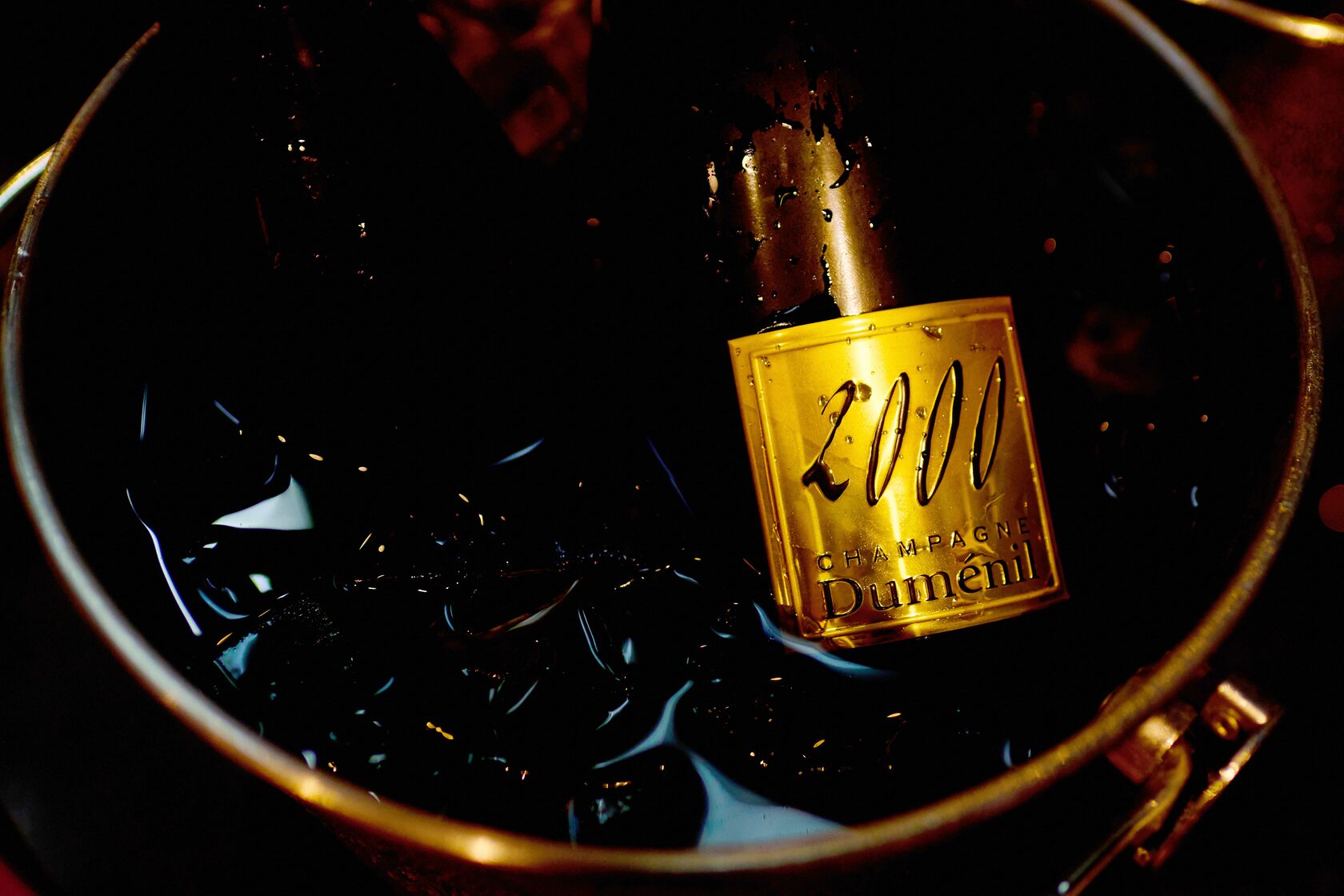Leave your phone number and we will contact you!
Or you can call us yourself:
+380 67 502 9921

History of Dumenil
.
Members of the historic champagne club
Club Trésors de Champagne
Club Trésors de Champagne
- Champagne regionMontagne de Reims8 hectares of vineyards and 45 plots in three Premier Cru villages: Chigny-les-Roses, Rilly la Montagne, Ludes and Sacy
- Cultivated grape varietiesPinot Noir | Meunier | Chardonnay
- Aging of champagneMinimum aging in bottle is three years and for special cures 8-10 years on lees
ONE OF THE BEST PRICE/QUALITY RATIO IN CHAMPAGNE
The history of Duménil champagne begins with its foundation in 1874. At the end of the 19th century, the successful combination of viticulture and winemaking skills was a rarity.
Emile-Paul Dumenil, the founder of the company, not only looked after the grapes, but also owned a grocery store and café in Chigny-les-Roses. He had no idea that the champagne house he created would flourish for more than 140 years.
Emile-Paul Dumenil, the founder of the company, not only looked after the grapes, but also owned a grocery store and café in Chigny-les-Roses. He had no idea that the champagne house he created would flourish for more than 140 years.
ONE OF THE BEST PRICE/QUALITY RATIO IN CHAMPAGNE
The history of Duménil champagne begins with its foundation in 1874. At the end of the 19th century, the successful combination of viticulture and winemaking skills was a rarity.
Emile-Paul Dumenil, the founder of the company, not only looked after the grapes, but also owned a grocery store and café in Chigny-les-Roses. He had no idea that the champagne house he created would flourish for more than 140 years.
Emile-Paul Dumenil, the founder of the company, not only looked after the grapes, but also owned a grocery store and café in Chigny-les-Roses. He had no idea that the champagne house he created would flourish for more than 140 years.
DUMENIL
Frédérique Poret is the great-granddaughter of the founder of the house, and today she is the creative inspiration behind the blending of champagne wines. Her husband, Hughes, comes from a long line of winemakers in the nearby village of Sacy, Premier Cru, and has a knack for extracting the best from each plot of vine so that each one reveals its individual character.
They both play an equal role in the production of wines and the embodiment of the spirit of Dumenil Champagne.
They both play an equal role in the production of wines and the embodiment of the spirit of Dumenil Champagne.




At Duménil Champagne, only cuvée is being used (the first and best pressed juice) to preserve the balance and freshness of the wines.
Pressing should preserve the full potential of future wines.
It takes place in three stages. The first pressing produces a cuvée that produces refined and complex wines. It is this juice (at this stage it is called "must") that is used to make champagne.
The press capacity is 4000 kg, which is a standard unit in Champagne and suitable for the type of artisanal winemaking Dumenil does.
Deburbage (natural settling and clarification of the juice) is carried out in tanks with a capacity of 40 hectoliters and takes 24 hours.
Dumenil introduces yeast as soon as possible so that alcoholic fermentation takes place in optimal conditions.
Fermentation tanks are temperature controlled to preserve the finest aromas.
Disgorgement is carried out for 4-6 months before shipment, so that Duménil champagne has time to restore its perfect balance.
